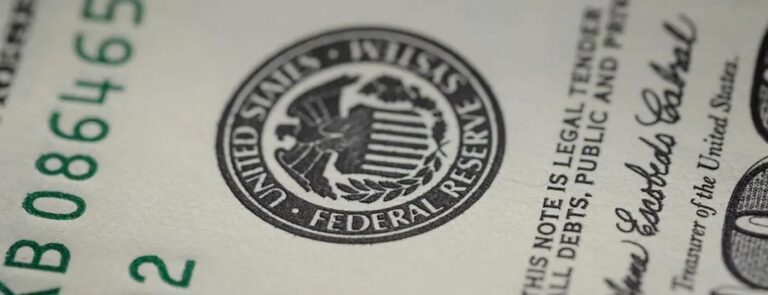How do banks make billions of dollars in profits each year? How do banks earn money?
Banks earn money from a variety of sources, such as retail customers like you and me, merchants including bars, restaurants retail outlets department stores etc.
The banks also charge their clients interest for the loans that they provide, as well as account/service charges. The banks make money when a merchant’s customer uses a debit or credit card in their store. This is known as an interchange fee.
How do banks make money?
Banks make money primarily in three ways: through interchange, fees, and net interest margin. Here are the breakdowns of how banks make money. The banks can create money by offering little or no interest to attract deposits. This is done for many reasons, such as the fact that adult businesses require one or more accounts. Many banks charge interest to their borrowers. A bank can earn a lot of money if it charges customers a fee to lend money or pay them for holding money.
Banks earn money in a variety of ways. There are several account fees that the banks charge in order to earn money. Charges, such as ATM and overdraft charges, are one of the most irritating ways that banks make money. This fee is one of the ways banks make money from their depositors. Banks make money in many ways. The bank pays its depositors interest in a different way. Charges (mainly overdrafts) are another way banks can make money with debit cards and checks.
Where do banks get their money?
1. Net Interest Margin
Banks use the majority of deposits made by customers to provide loans (auto, student, home, etc.). Other interested customers. These loans, with interest rates attached, are available to other customers.
The bank makes money from the interest on these loans. Customers receive a portion of this interest in the form of interest on their savings and checking account. The bank refers to the money retained as net interest margin. For better understanding, you can call the difference between what the bank earns on loans and what it pays back to their customers the net margin.
A customer could, for example, obtain a $100,000 loan from a financial institution. The customer will be required to pay an APR for the loan. The annual percentage rate (APR) is the amount charged to borrow $100,000 at the bank.
You can get a 30-year fixed-rate loan at 4% APR. On a 30-year term, the customer will have to pay back approximately $72,000 of interest. The bank will transfer some of the interest earned to customers’ checking and savings accounts. Net investment margin is what’s left in the bank.












+ There are no comments
Add yours